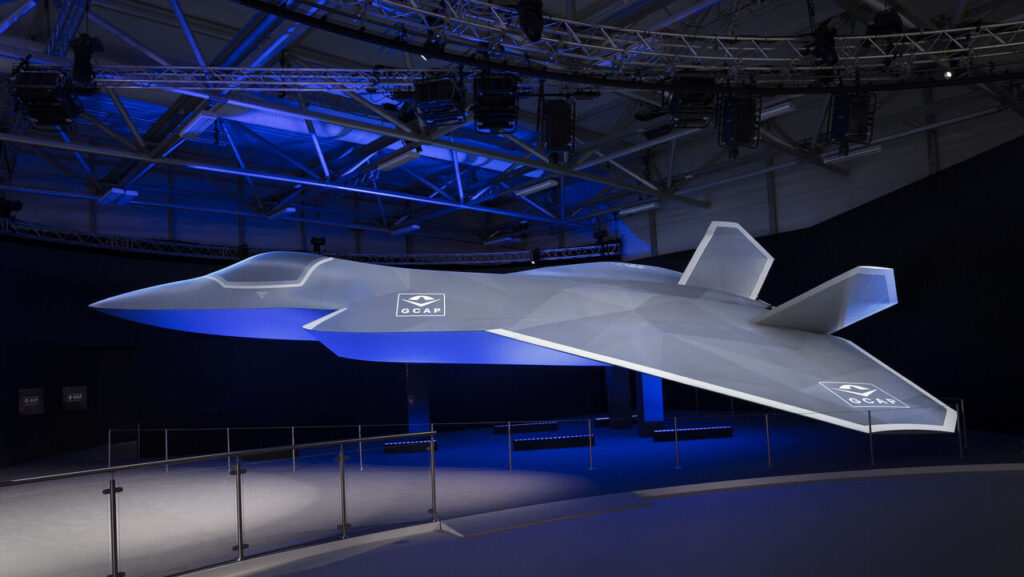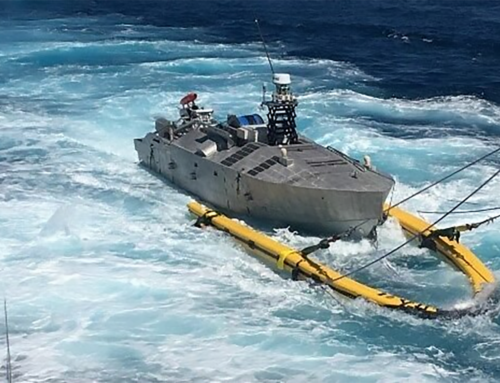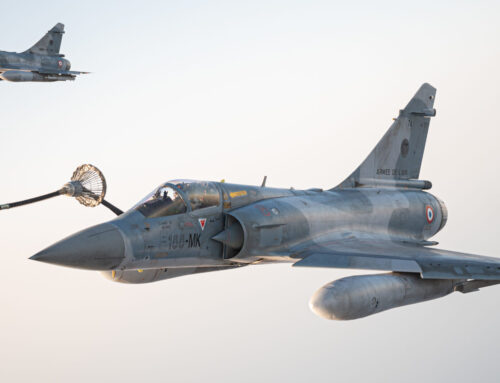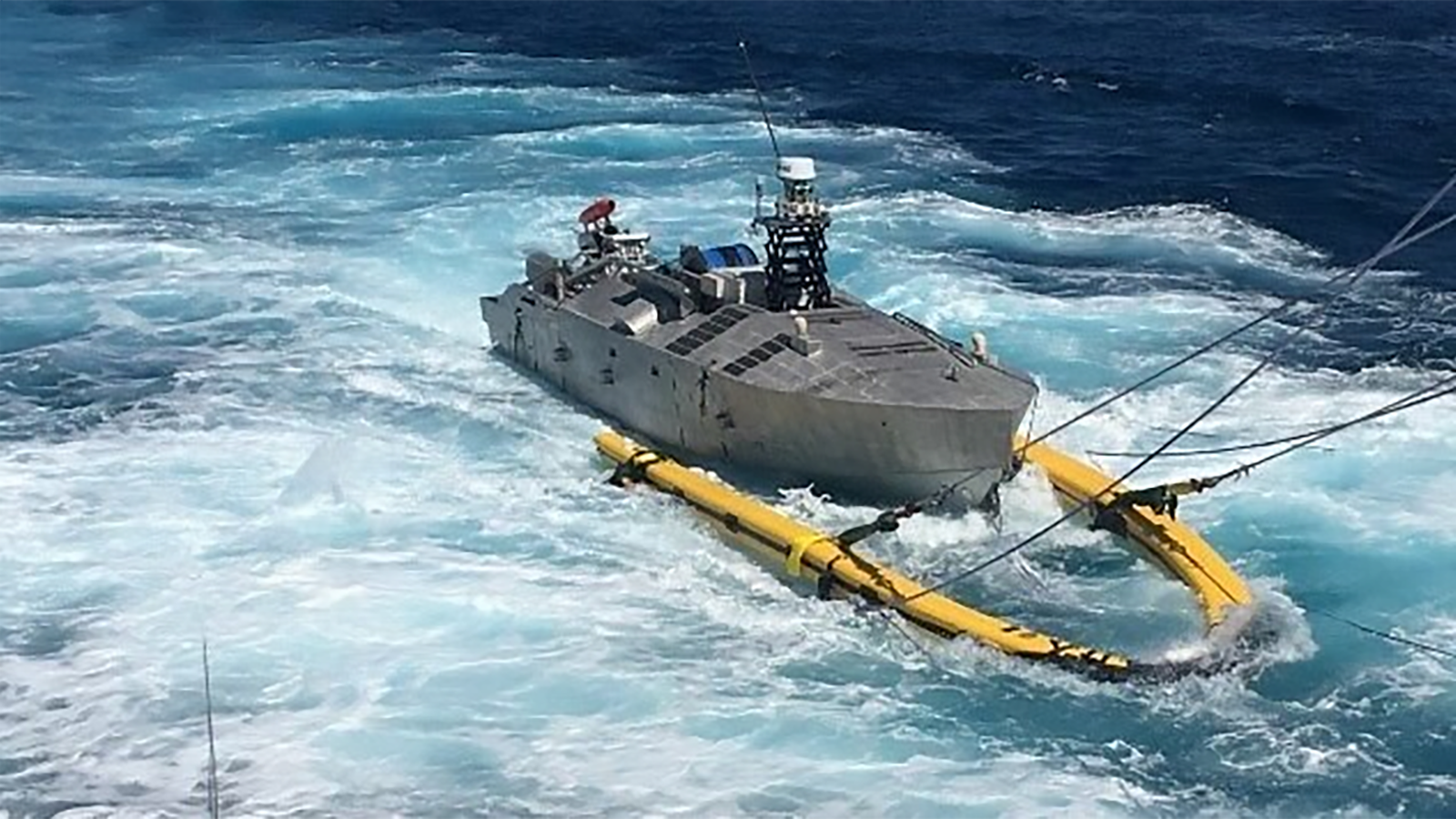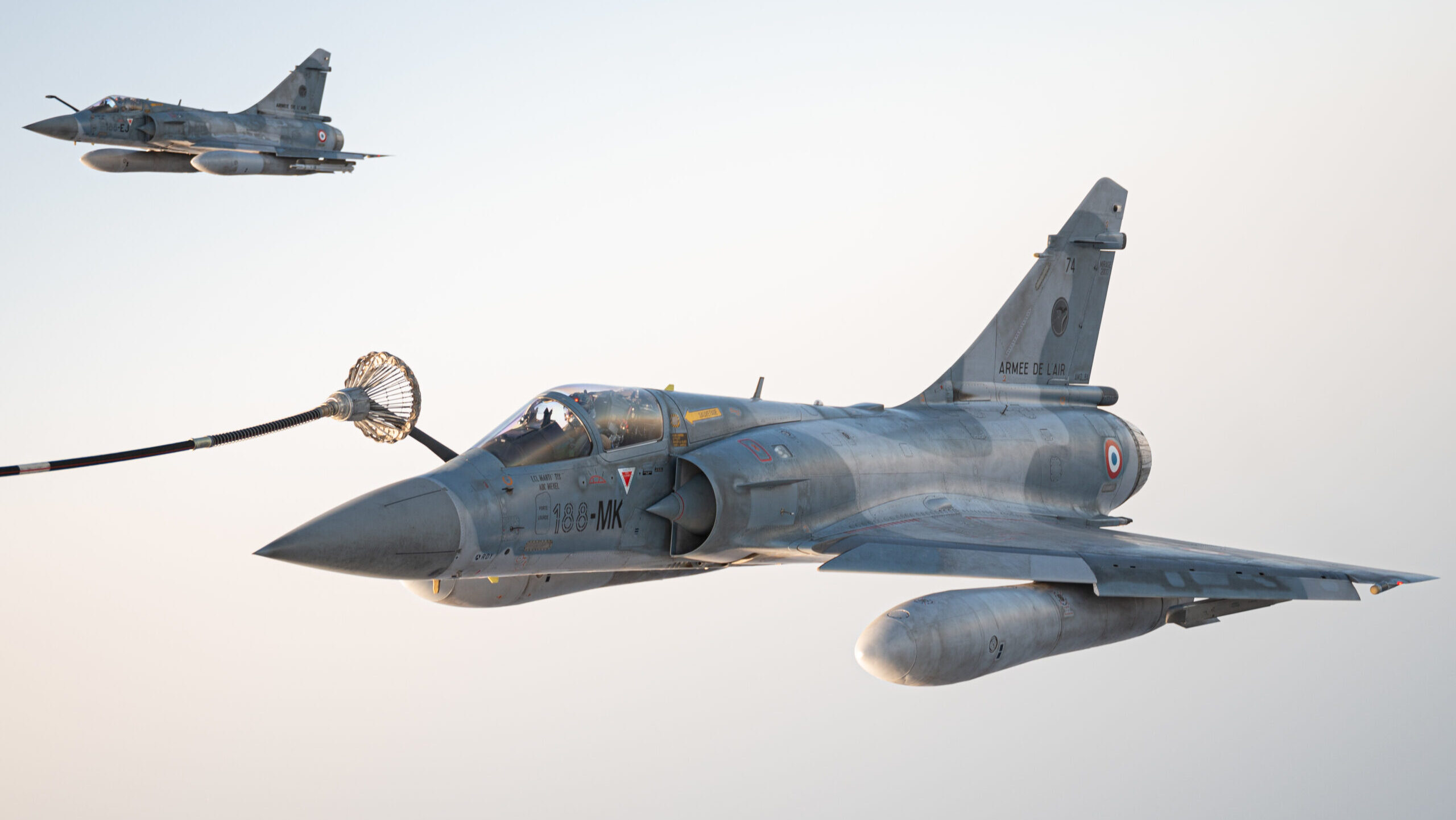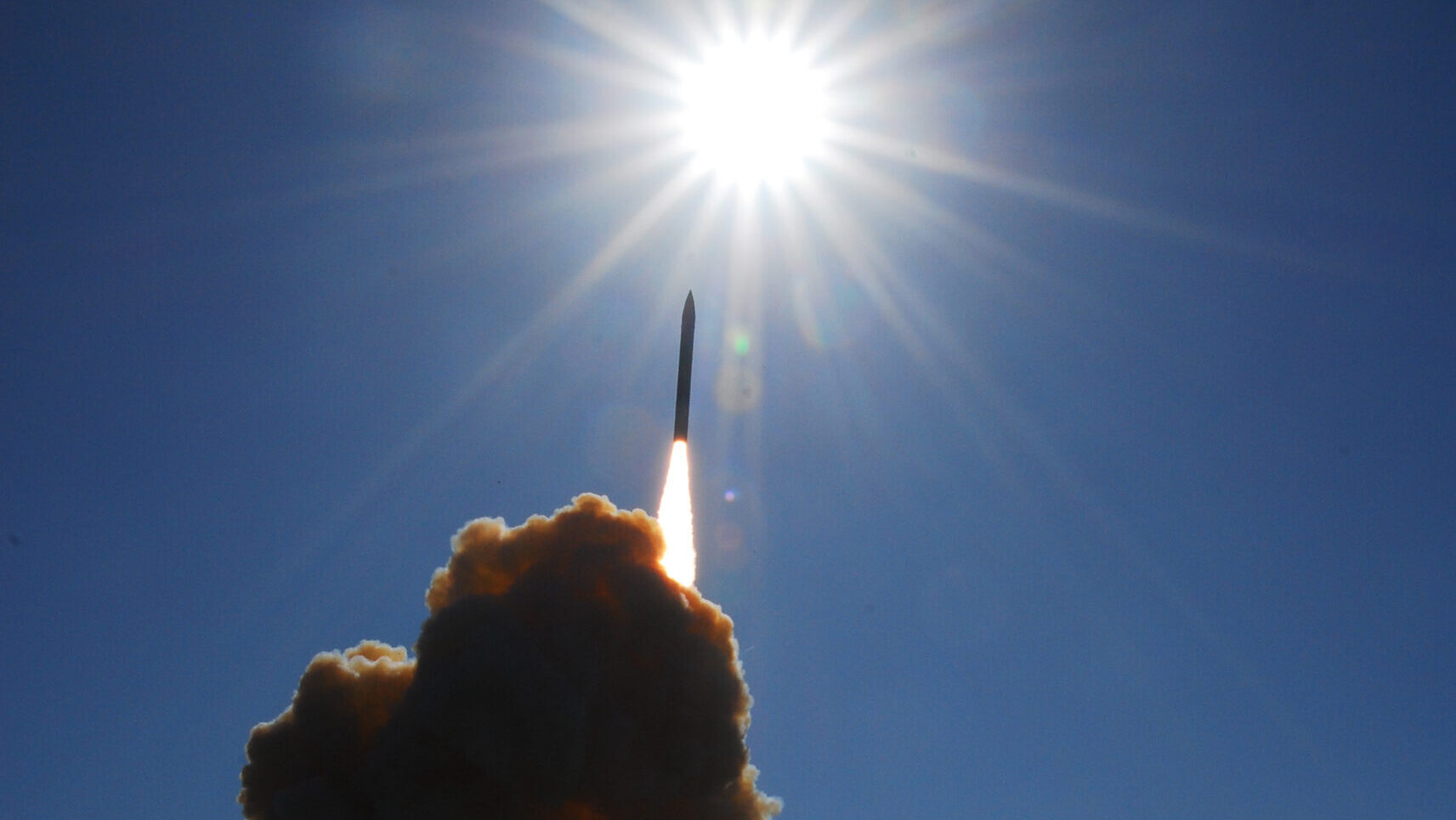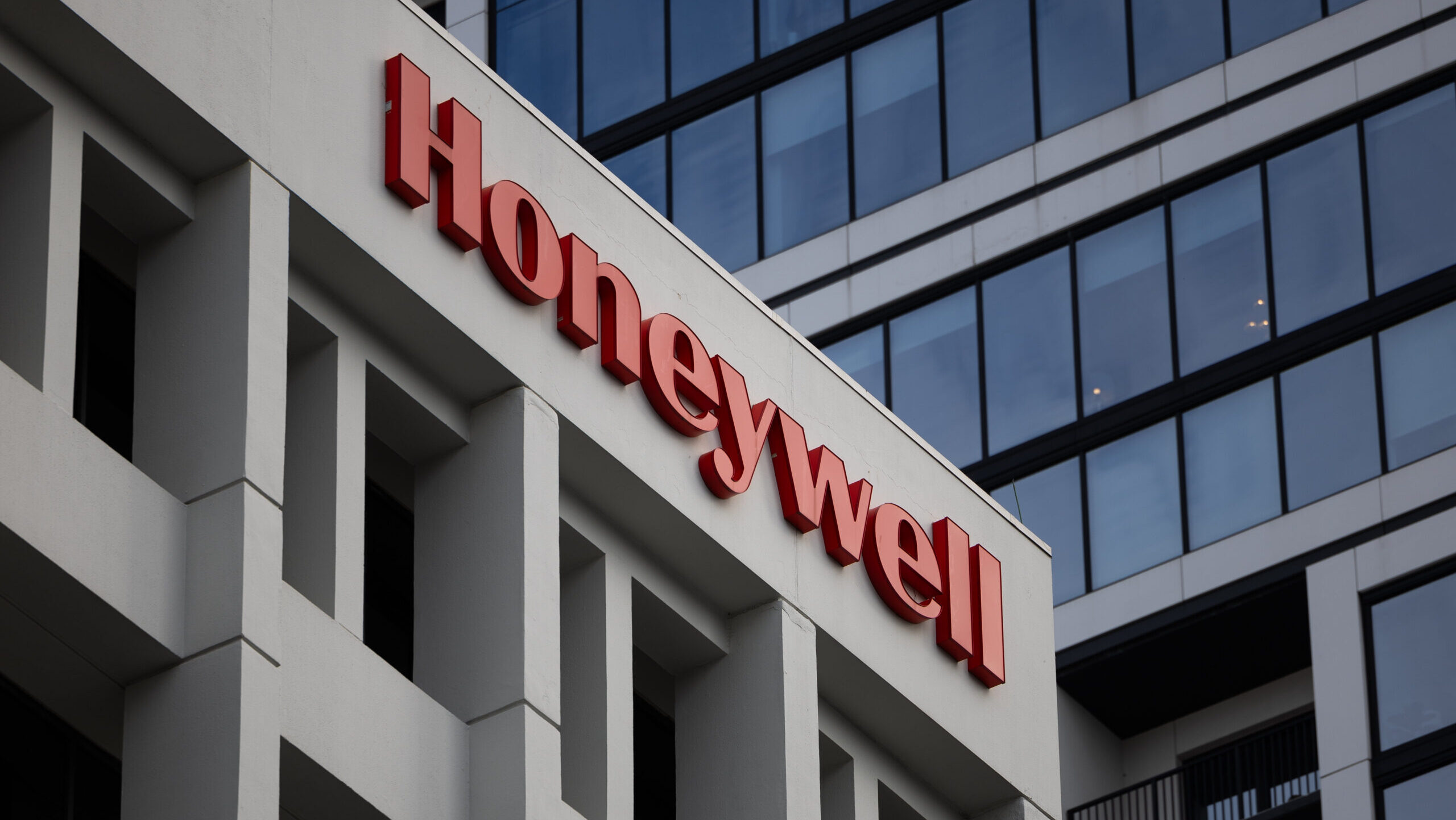A photo taken July 21, 2024 of a new GCAP concept design is displayed at the Farnborough International Airshow. (BAE Systems)
FARNBOROUGH AIR SHOW — Industry partners involved in the British, Italian and Japanese Global Combat Air Programme (GCAP) have unveiled a new concept of the future crewed fighter jet, designed around an conventional delta wing shape, giving increased wingspan compared to previous iterations.
The UK’s BAE Systems said the concept, developed in collaboration with Italy’s Leonardo and Japan’s Mitsubishi Heavy Industries, “features a much more evolved design,” distinguished by the wingspan alteration, to deliver improved aerodynamics.
The three industry partners are tied into a collaboration agreement covering design and development of the future combat aircraft, supported by a variety of “innovative digital tools and techniques, including computer based modelling and virtual reality,” added BAE in a Sunday statement.
The apparent industrial progress to advance the aircraft design contrasts with political uncertainty hanging over the trilateral effort in recent days, after a UK lawmaker from the new Labour government declined to offer a long term commitment to GCAP, on grounds that taking a position could “pre-judge” or unfairly interfere with the newly commissioned Strategic Defence Review (SDR). London has said it will reveal the results of the review, which will take stock of British strategic priorities and equipment needs, by the “first half of 2025.”
The GCAP fighter jet is planned to replace British and Italian Eurofighter Typhoons as well as Japanese F-2s, with a service entry date of 2035. It is also expected to operate alongside autonomous collaborative platforms or adjunct aircraft, similar to US Air Force Collaborative Combat Aircraft. Industry partners are also committed to flying a crewed, supersonic and low observable aircraft demonstrator within four years.
More imminently, they are scheduled to launch the development phase of the future fighter jet next year, with political representatives of the partner nations also due to meet this week. Both political and Industry officials have consistently said that future exports of the aircraft remain a key priority. Saudi Arabia has also expressed strong interest in becoming a fourth national partner, but nothing concrete has emerged since the UK indicated in September that no “definitive timeline” is in play to potentially welcome Riyadh.
A senior RAF spokesperson told reporters earlier this week that they had no comment to make on the status of a combat air feasibility study between Saudi Arabia and the UK, which Richard Berthon, director of UK future combat air at the British Ministry of Defence, told Breaking Defense in September 2023 was necessary so a “maturity of understanding” could be developed between London and Riyadh. At that time, the study was expected to wrap at the earliest in the first quarter of this year.
Herman Claesen, managing director of Future Combat Air Systems at BAE Systems said that as the “next phase” of the program draws closer, GCAP industry partners will “continue to test and evolve the [fighter] design.”
Sunday’s joint statement comes months after what appeared to be a rift between industry partners spilled into public view. In March Roberto Cingolani, Leonardo CEO, claimed then that the UK had not shared plans related to its approach to the system of systems-type aircraft and technology, including how GCAP fighter jets will eventually link and interconnect with adjunct aircraft and artificial intelligence (AI) capable combat cloud networks to support multi-domain operations.


